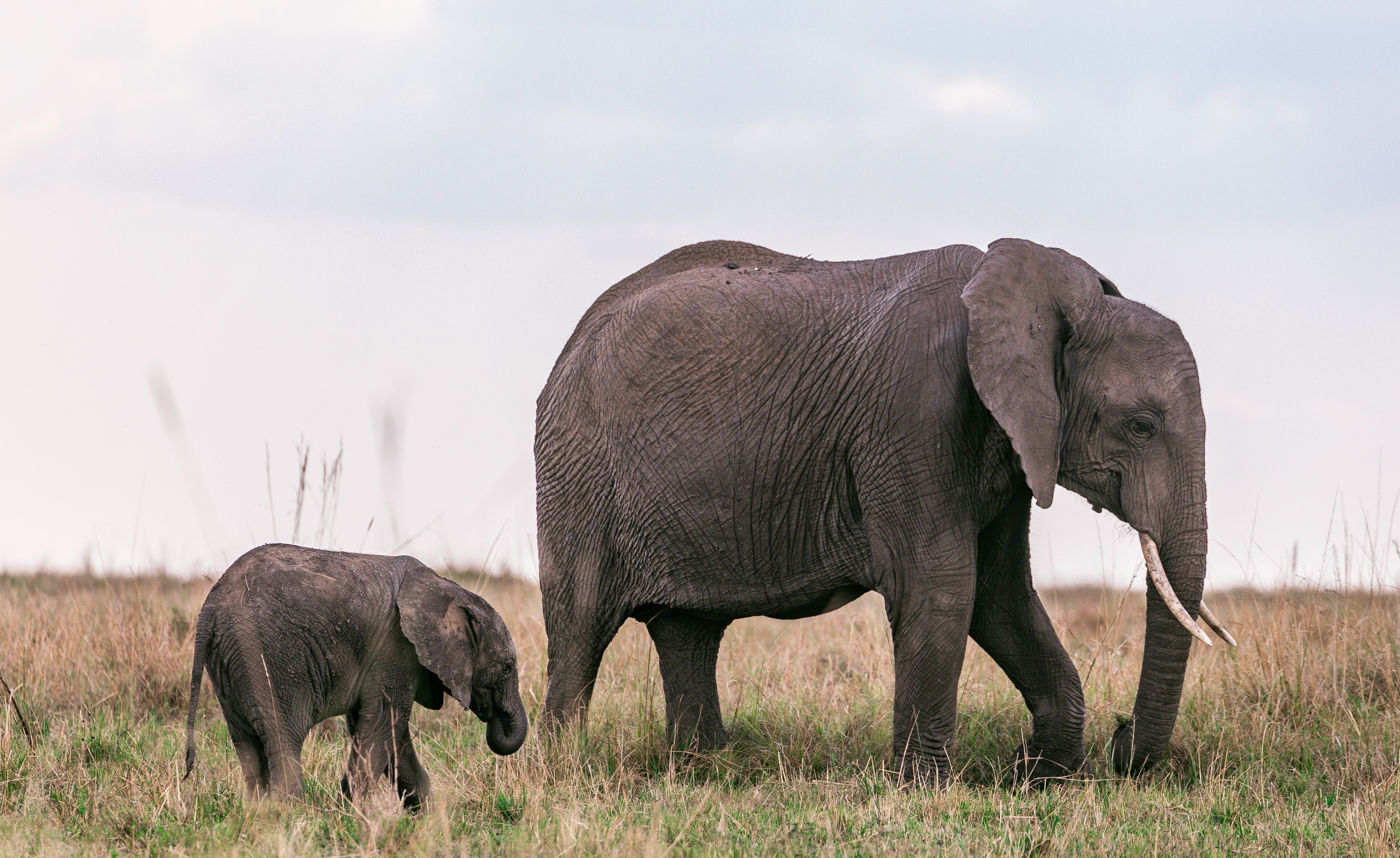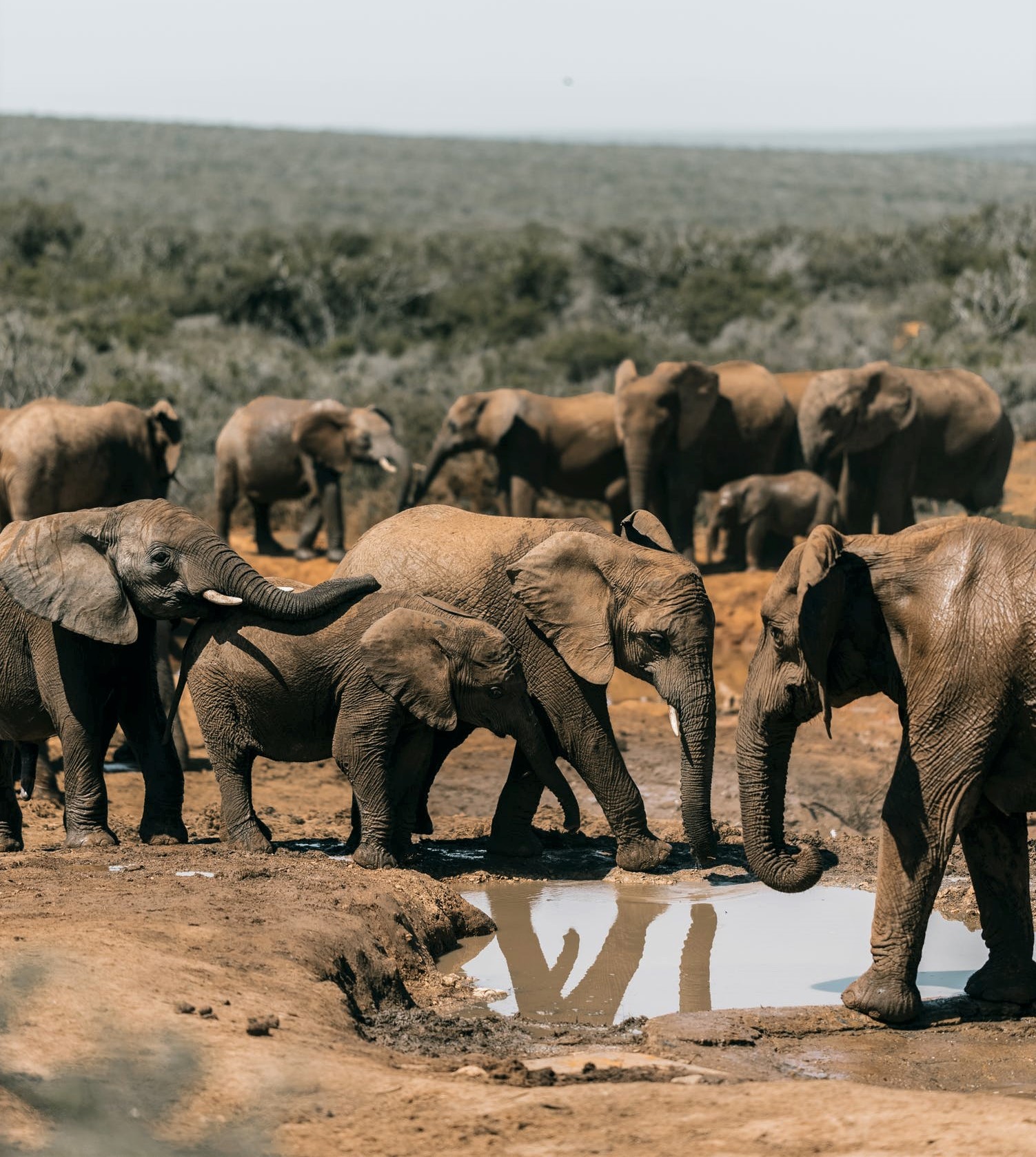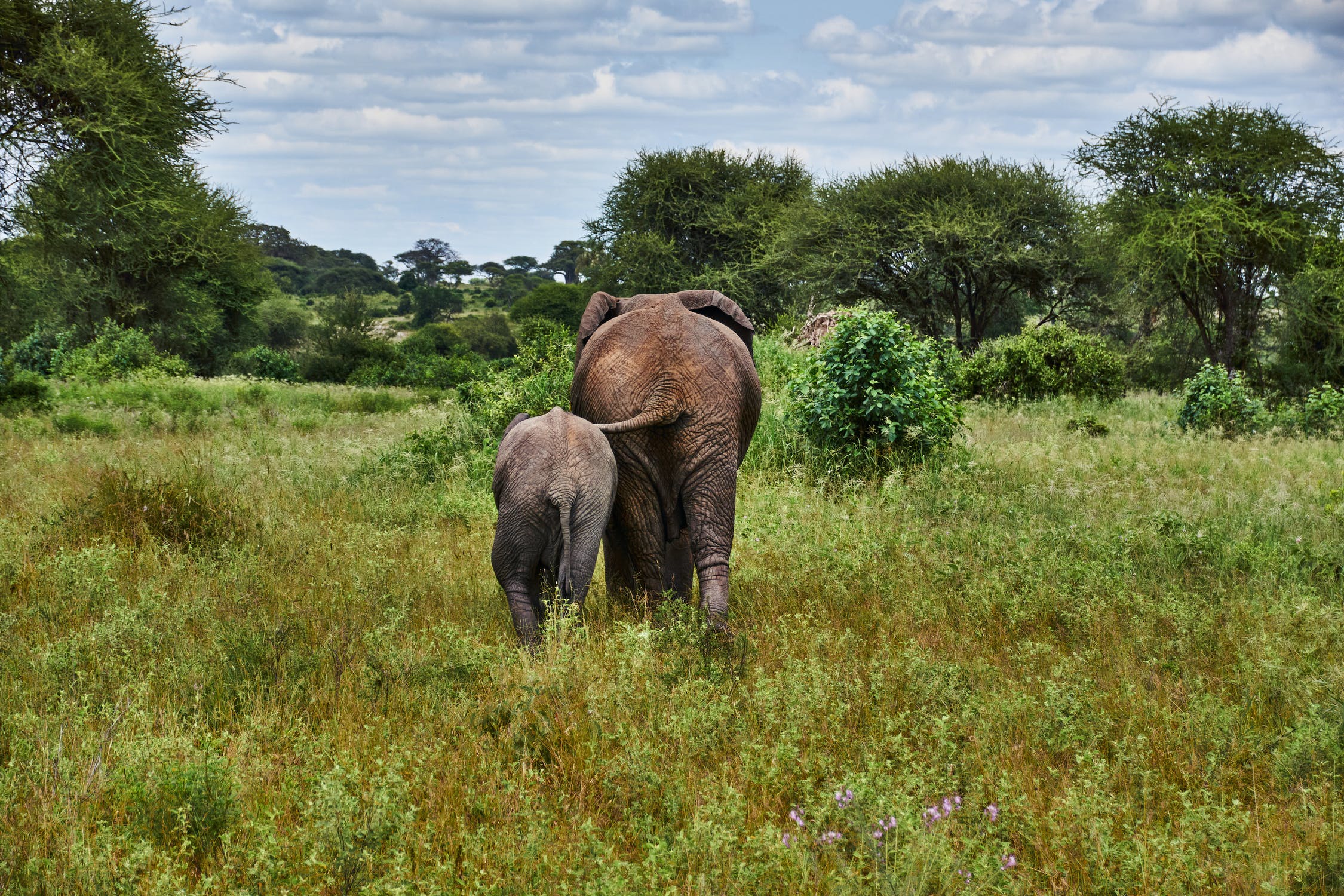
Indian Elephant is an endangered species and it is protected under the prestigious Project Elephant programme. This project is run by the Ministry of Environment and Forests, Government of India. India is home to 55% of the Asian elephant population.
The South Indian states of Karnataka, Kerala, Andhra Pradesh, and Tamil Nadu are home to nearly 44% of the elephants in India. Out of these, the state of Karnataka alone is home to 22% of the elephants in India.
The North-eastern states of Assam, Arunachal Pradesh, Mizoram, Meghalaya, and Tripura along with West Bengal account for 30% of the elephants.
The government of India launched the prestigious “Project Elephant” in the year 1992. Under this project, The Ministry of Environment, Forest and Climate Change provides financial and technical assistance to the states with major elephant population in the country.
The Project is being mainly executed in 16 States namely Andhra Pradesh, Arunachal Pradesh, Assam, Chhattisgarh, Jharkhand, Karnataka, Kerala, Maharashtra, Meghalaya, Nagaland, Orissa, Tamil Nadu, Tripura, Uttarakhand, Uttar Pradesh, and West Bengal.
Project Elephant is a centrally sponsored project with the following main objectives:
The following are the main activities assumed under Project Elephant:
The all-India enumeration of the wild population of elephants is carried out every five years. The comparative figures as below for the states shows that the estimated population of wild elephants in the country has increased to around 30,000 in 2012 as compared to 27,657 in 2007. Whereas it decreased to 27,312 in the year 2017, with Karnataka reporting the highest population at 6049, followed by Assam at 5719. This decrease is attributed to the differences in the counting methods.
Elephant reserves are conservation Areas that are areas of notable environmental or historical importance which is protected by law against undesirable changes. Elephant reserves are well-preserved by different levels of legal protection under the policies formulated by the state government or global conventions.
To date, there are a total of 32 Elephant Reserves (ERs) extending over about 69,582.80 sq. km, as formally notified by various State Governments.
Consent for establishment of 2 more ERs – Khasi Elephant Reserve in Meghalaya and Dandeli Elephant Reserve in Karnataka is approved by the Government of India, but not yet notified by the State Government. Also, the inclusion of Bhadra Wildlife Sanctuary in the Mysore Elephant Reserve is approved by the Ministry but the concerned State Government is yet to notify.

The Monitoring of Illegal Killing of Elephants (MIKE) programme is an international partnership that measures the tendencies and reasons of elephant death. It is mandated by the conference of parties’ resolution of the Convention on International Trade in Endangered Species of Wild Fauna and Flora (CITES).
This program was started in South Asia in the year 2003. In 2017, IUCN implemented the MIKE Asia programme in two sub-regions: South Asia (IUCN India Country Office in New Delhi) and Southeast Asia (IUCN Asia Regional Office in Bangkok).
Currently, there are 28 sites participating in the MIKE programme in Asia. These sites are distributed across 13 countries, of which India has 10 sites, followed by two sites each in Cambodia, Indonesia, Lao PDR, Malaysia, Myanmar, and Thailand, and one site each in Bangladesh, Bhutan, China, Nepal, Sri Lanka, and Viet Nam.
The main objective MIKE programme is to curb illegal hunting of elephants and to determine changes in illegal hunting trends over time.
The following are the expected outputs of this programme:


- Share with your friends! -
Login to post your comment here...
- or with social Account -